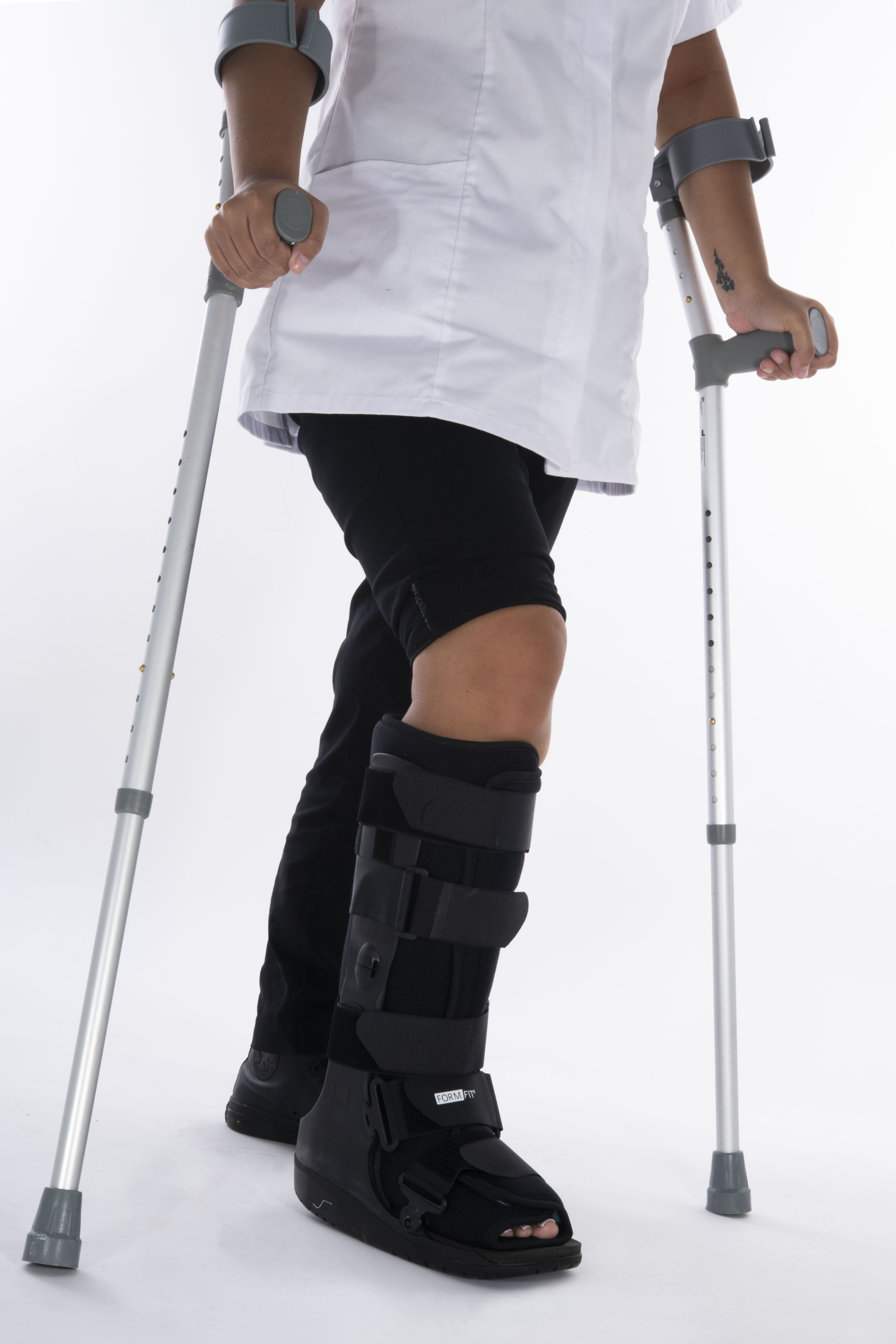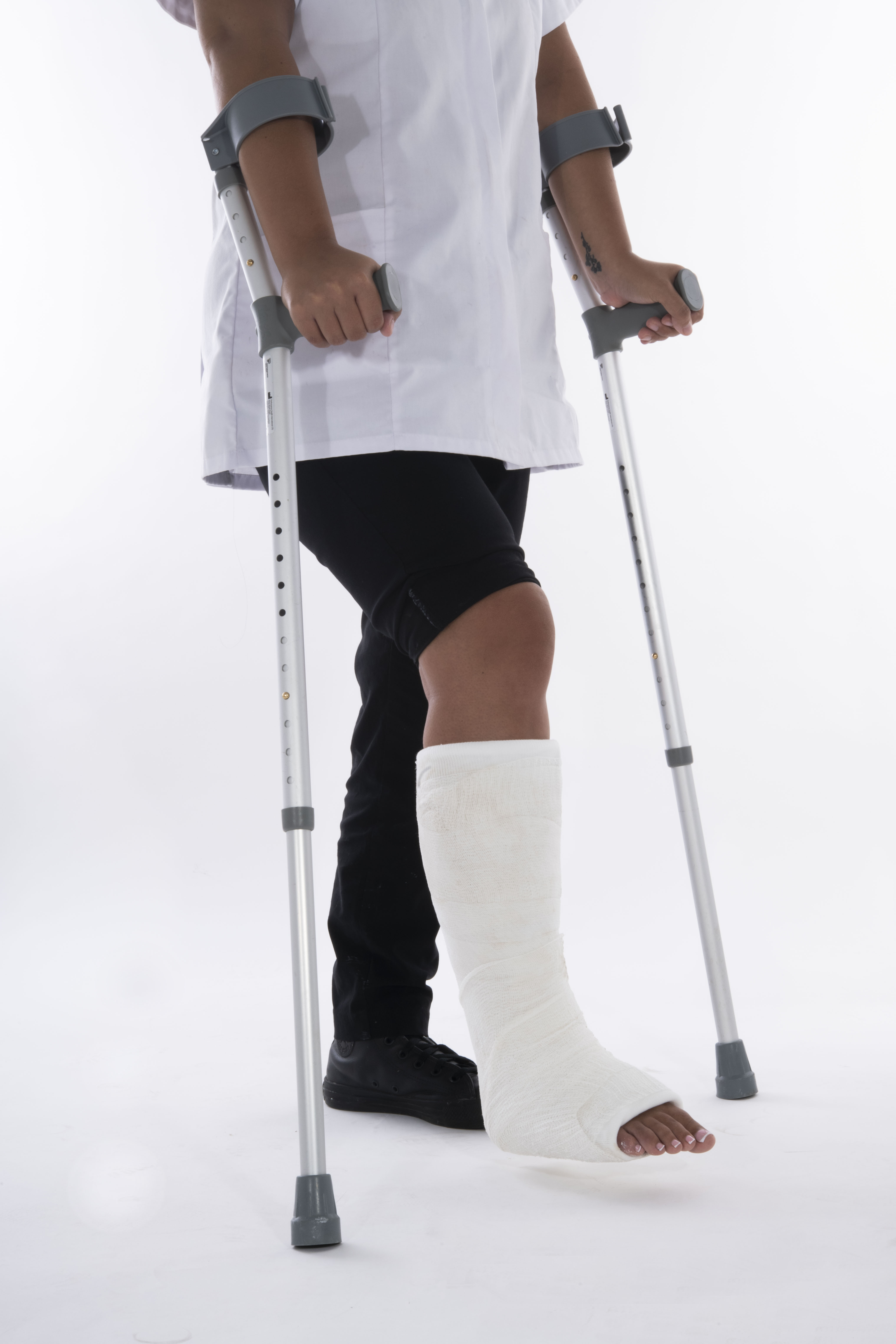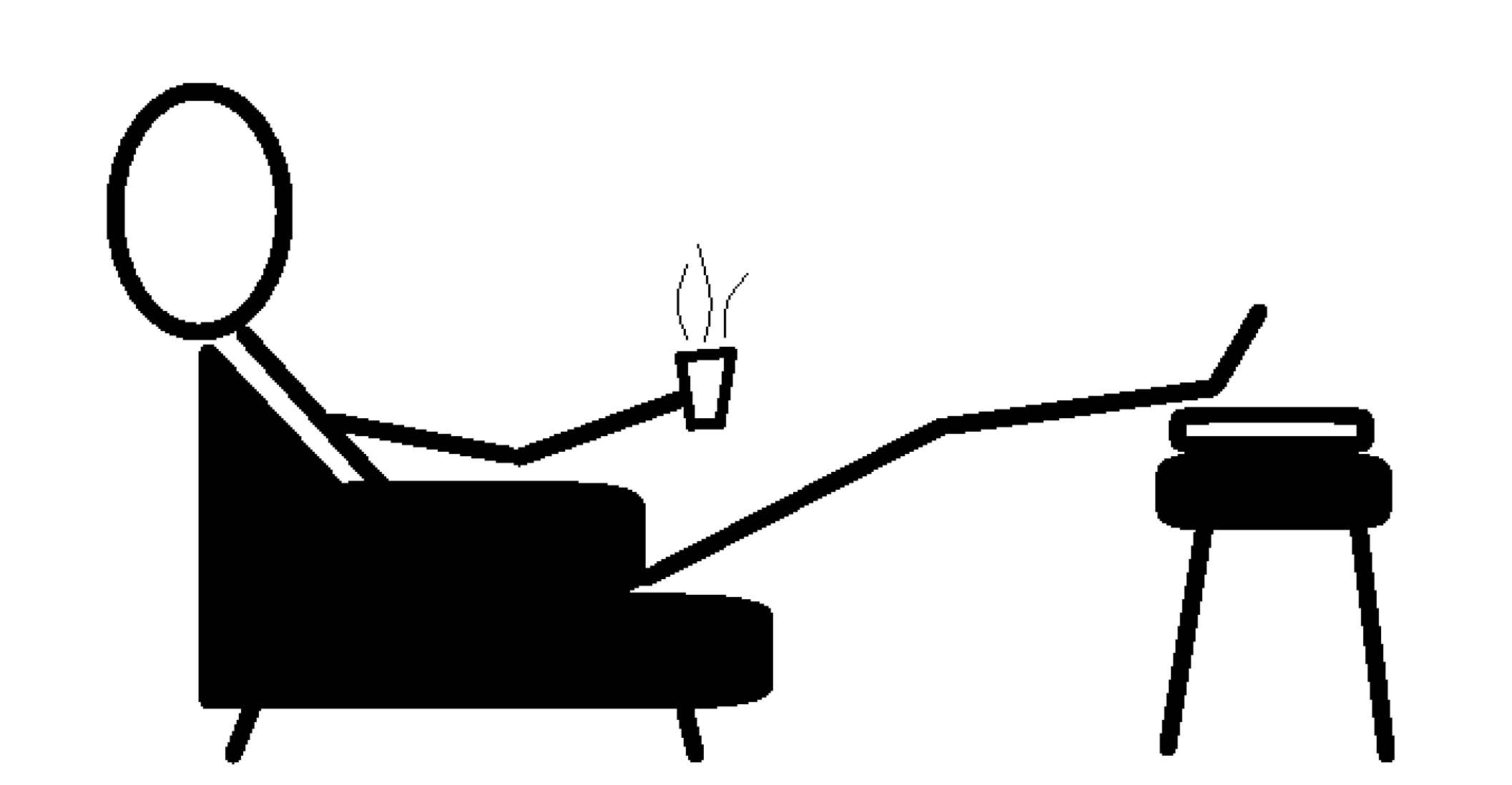Discharge advice following an ankle fracture
Information for patients from the Fracture Clinic
You have come to the Urgent Treatment Centre or Emergency Department with a broken (fractured) ankle. This leaflet will explain the following.
What your injury is.
How it may be treated.
How long you will take to recover.
When you can return to your normal activities.
Who to contact if you have any questions or concerns.
We hope this leaflet answers some of the questions you may have. If you have any further questions or concerns, please speak to the Virtual Fracture Clinic.
What is my injury?
You have broken a bone in your ankle.
How will my broken ankle be treated?
How your broken ankle is treated, will depend on:
the type of fracture you have; and
which bone was broken.
This will be explained to you in the Emergency Department or Urgent Treatment Centre. You will either be given a walking boot or fitted with a plaster cast before you leave hospital.
How long do I wear a walking boot for?

How long you wear the boot for will depend on the type of fracture you have. The Urgent Treatment Centre clinician will advise you whether to:
wear the boot for 6 to 8 weeks; or
switch to a comfortable supportive shoe sooner.
Only wear the walking boot when you walk. When you are not walking, take the boot off.
Take the boot off to shower and sleep.
Do not drive when wearing a walking boot.
The Urgent Treatment Centre may give you crutches to use when wearing the boot. If they do, they will explain how to use these before you leave hospital.
How long do I wear a plaster cast for?

Your cast may be changed approximately 2 weeks after your injury. You may be in a cast for a total of 6 weeks.
It will be removed in the Fracture Clinic.
For more information on caring for your cast, please read the How to look after your cast leaflet.
You will need to use crutches while you have a cast. You will be shown how to use crutches when the cast is applied. For more information, please read the Using crutches leaflet.
How can I help manage any pain?
In the first few days, applying a cold compress can help with any pain and swelling. Only do this when your boot is off. Do not apply a cold compress to your cast.
Place a bag of frozen peas or ice cubes into a damp tea towel.
Rest the towel over the affected area for no more than 10 minutes.
Do not apply the ice for more than 10 minutes unless told to by the Emergency Department or the Urgent Treatment Centre. Applying the ice for longer can cause a burn to your skin. If you are concerned about your skin, please stop your treatment and speak to your GP.
Caution: ice can cause burns, so do not put it directly on your skin, always use a towel. Protect sensitive skin with baby oil.
Repeat every 2 hours.
Continue to use this treatment for as long as you feel it helps.
Remember, do not use a cold compress if you have been fitted with a plaster cast.
Take regular pain killers until your pain is more manageable. Regular painkillers include ibuprofen and paracetamol. Check with a pharmacist before taking these, as they may interfere with other medications you are taking.

Elevating your leg above your hip level will help with pain and swelling. Your ankle will swell if you have been standing upright for a while.
If you are being treated in a walking boot, gently move your toes up and down and your foot side to side throughout the day. This encourages the blood flow to your foot and reduces stiffness. Only do these exercises while resting without your walking boot. Do not do these exercises if you are wearing a cast.
.jpg)
How long does it take to recover?
Usually a fracture takes 6 weeks to heal. Do not do any impact sports during this time. Impact sports include football, running, and aerobics. Please speak to the Virtual Fracture Clinic before re-starting any impact sports.
It is common for your ankle to feel stiff, sore, and unstable for a few months after your injury. Start exercising again gradually.
Can I drive with my injury?
No. Do not drive wearing a walking boot or a plaster cast.
If you feel you can safely operate a vehicle without the boot on, then you can drive. This includes being able to perform an emergency stop without pain.
How does stopping smoking help with my recovery?
Medical evidence suggests that smoking prolongs fracture healing time. In extreme cases it can stop healing altogether. If you stop smoking while your bone heals, you will help with your recovery.
For free friendly support and medication to help you stop smoking, contact One You Kent.
One You Kent
Telephone: 0300 123 1220
Email
Who can I contact for further advice?
If you have any questions about your fracture, please contact the Virtual Fracture Clinic.
| Virtual Fracture Clinic | Emergencies only (Monday to Friday) | General enquiries (Monday to Friday) | Contact number | |
|---|---|---|---|---|
| Queen Elizabeth the Queen Mother Hospital (QEQM), Margate | 9am to 12.30pm | 12.30pm to 5pm | 07929 878283 | ekh-tr.VFCQEQM@nhs.net |
| William Harvey Hospital, Ashford | 9am to 12.30pm | 12.30pm to 5pm | 07929 878350 | ekh-tr.VFCWHH@nhs.net |
What do you think of this leaflet?
We welcome feedback, whether positive or negative, as it helps us to improve our care and services.
If you would like to give us feedback about this leaflet, please fill in our short online survey. Either scan the QR code below, or use the web link. We do not record your personal information, unless you provide contact details and would like to talk to us some more.
If you would rather talk to someone instead of filling in a survey, please call the Patient Voice Team.
Patient Voice Team
Telephone: 01227 868605
Email